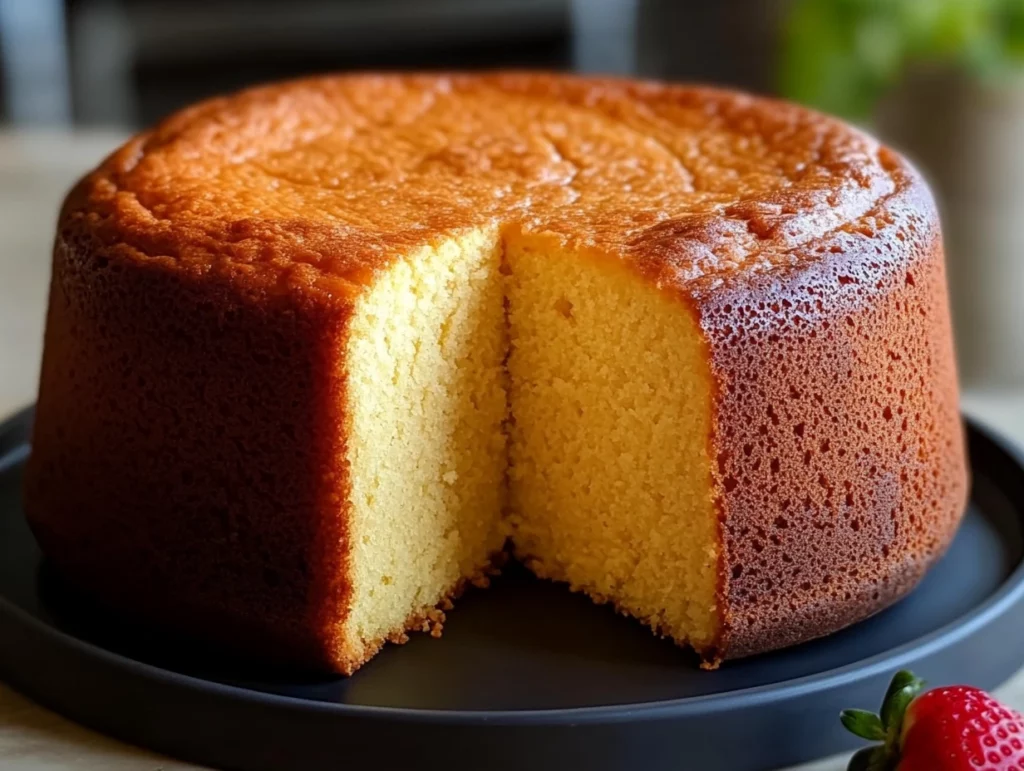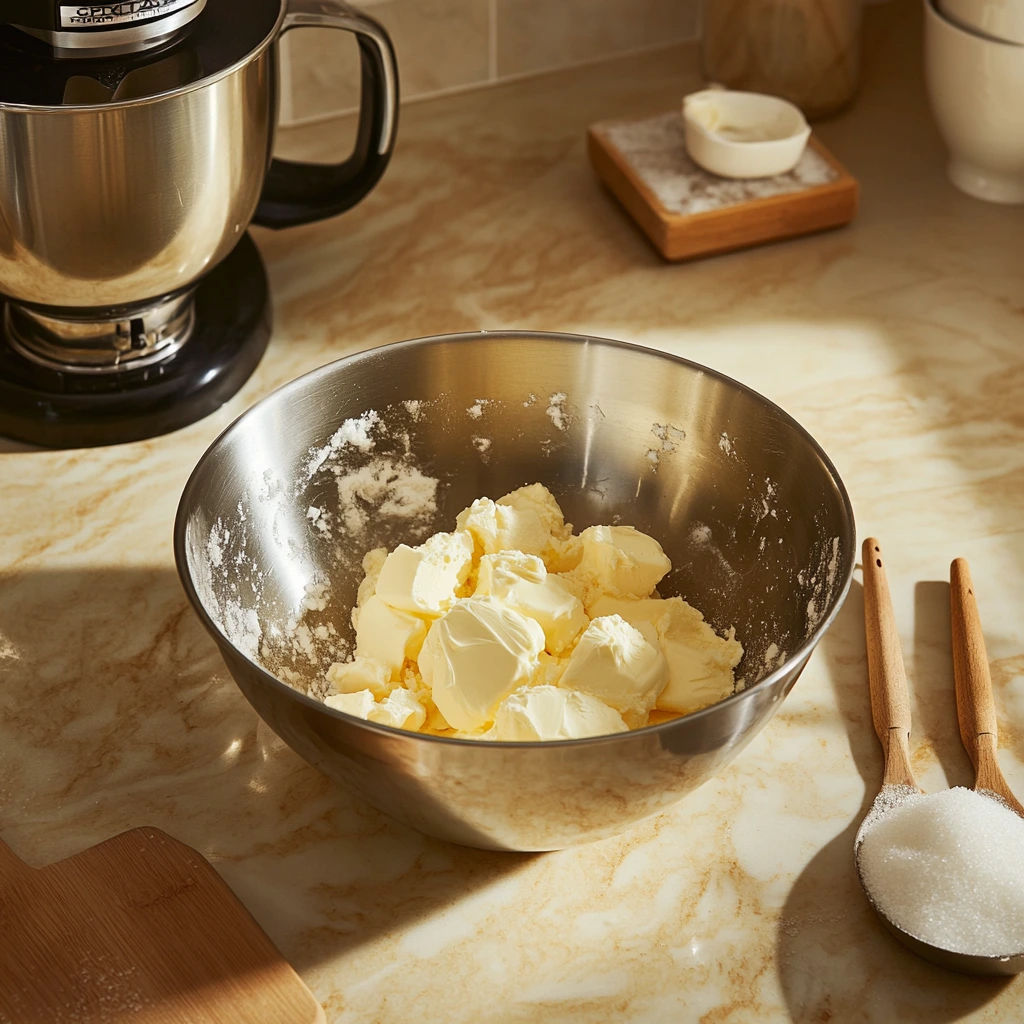There’s something undeniably nostalgic about a slice of classic pound cake. Whether it’s the rich, buttery flavor, the dense but tender crumb, or the way it fills your kitchen with the most comforting aroma as it bakes—this dessert is a true old-school favorite that continues to win hearts generation after generation.
I remember the first time I baked this pound cake with my grandmother. She had this way of making everything feel like an occasion, even something as simple as an afternoon snack. We’d sit on her porch with a slice of warm cake and a cup of tea, chatting about nothing and everything all at once. This pound cake was always the centerpiece—plain, simple, and absolutely perfect.
This recipe stays true to the traditional formula but with just a couple of thoughtful tweaks (hello, almond extract!) to enhance its already amazing flavor. It’s the kind of dessert that doesn’t need frosting or frills, though you can certainly dress it up if the occasion calls for it. Think fresh berries, whipped cream, or even a lemon glaze if you’re feeling fancy.
Let’s dive into how to make this classic pound cake from scratch. I promise, it’s a lot simpler than it looks—and once you try it, you’ll see why it’s such a beloved staple.
Ingredients You’ll Need (Serves 10–12)
2 ½ cups all-purpose flour
1 ½ cups unsalted butter, softened
3 cups granulated sugar
6 large eggs, at room temperature
1 teaspoon vanilla extract
1 teaspoon almond extract
½ teaspoon baking powder
½ teaspoon salt (optional but recommended)
1 cup whole milk, at room temperature
STEP 1: Prep Your Pan and Oven
Before we get into the mixing and beating, let’s talk prep. Preheat your oven to 325°F (165°C). This lower temperature is key for a slow, even bake that gives the cake its beautiful golden crust without drying it out.
Grease and flour your baking pan—either a standard Bundt pan or two loaf pans work well. You can also line your pans with parchment paper for extra insurance when it comes time to remove the cake. Trust me, nothing’s worse than a perfect pound cake sticking to the pan!
STEP 2: Cream the Butter and Sugar
This step is where the magic starts. In a large mixing bowl (or a stand mixer if you have one), cream together the softened butter and sugar on medium speed for about 3 to 5 minutes.
You’re not just combining ingredients here—you’re building structure and incorporating air. The mixture should look light, fluffy, and pale. It’s tempting to rush this step, but patience pays off with a lighter, more tender cake.
STEP 3: Add the Eggs and Extracts
Next, crack in your 6 large eggs, one at a time, mixing well after each one. This helps ensure the batter doesn’t split or curdle and keeps everything nice and smooth.
Once all the eggs are in, add 1 teaspoon vanilla extract and 1 teaspoon almond extract. The almond might seem subtle, but it adds that “what is that?” kind of depth that really makes this cake shine.
Don’t forget to scrape down the sides of the bowl to make sure everything is mixed evenly.
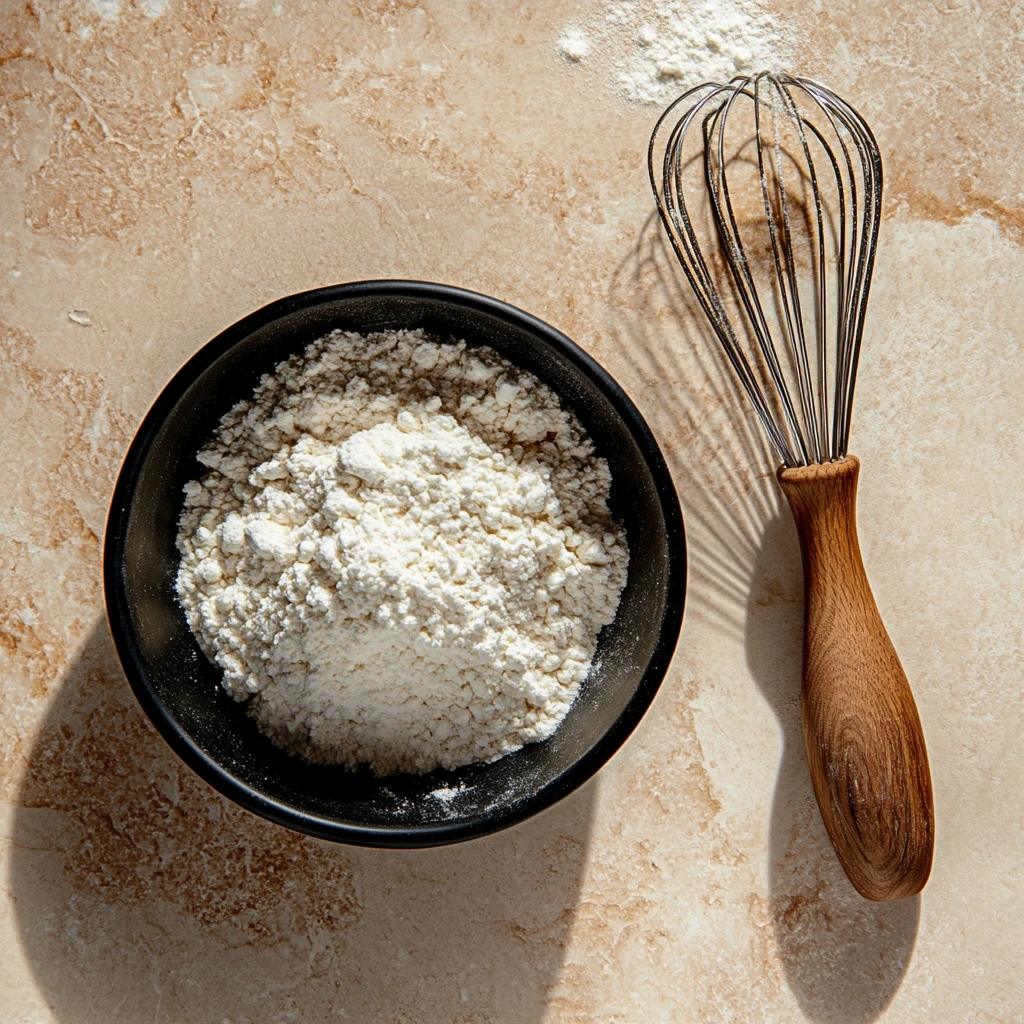
STEP 4: Mix the Dry Ingredients Separately
In a separate bowl, whisk together your 2 ½ cups flour, ½ teaspoon baking powder, and ½ teaspoon salt. The salt is optional, but I recommend it—it balances out the sweetness and brings out the flavor of the butter.
Having your dry ingredients ready to go makes the next step way easier and more efficient.
Classic Buttery Pound Cake Recipe That Never Goes Out of Style
Now that we’ve creamed, whisked, and added all that buttery goodness, it’s time to bring everything together and bake this beauty. This next part is where the batter becomes a luscious, golden cake—dense, rich, and irresistibly moist.
If you followed along with Part 1, you’re probably already envisioning that perfect slice with a fine crumb and just the right amount of sweetness. And trust me, we’re almost there.
Let’s pick up where we left off and finish strong with the final mixing, baking, and—my personal favorite—some fun serving tips and ideas to take this classic pound cake to the next level.
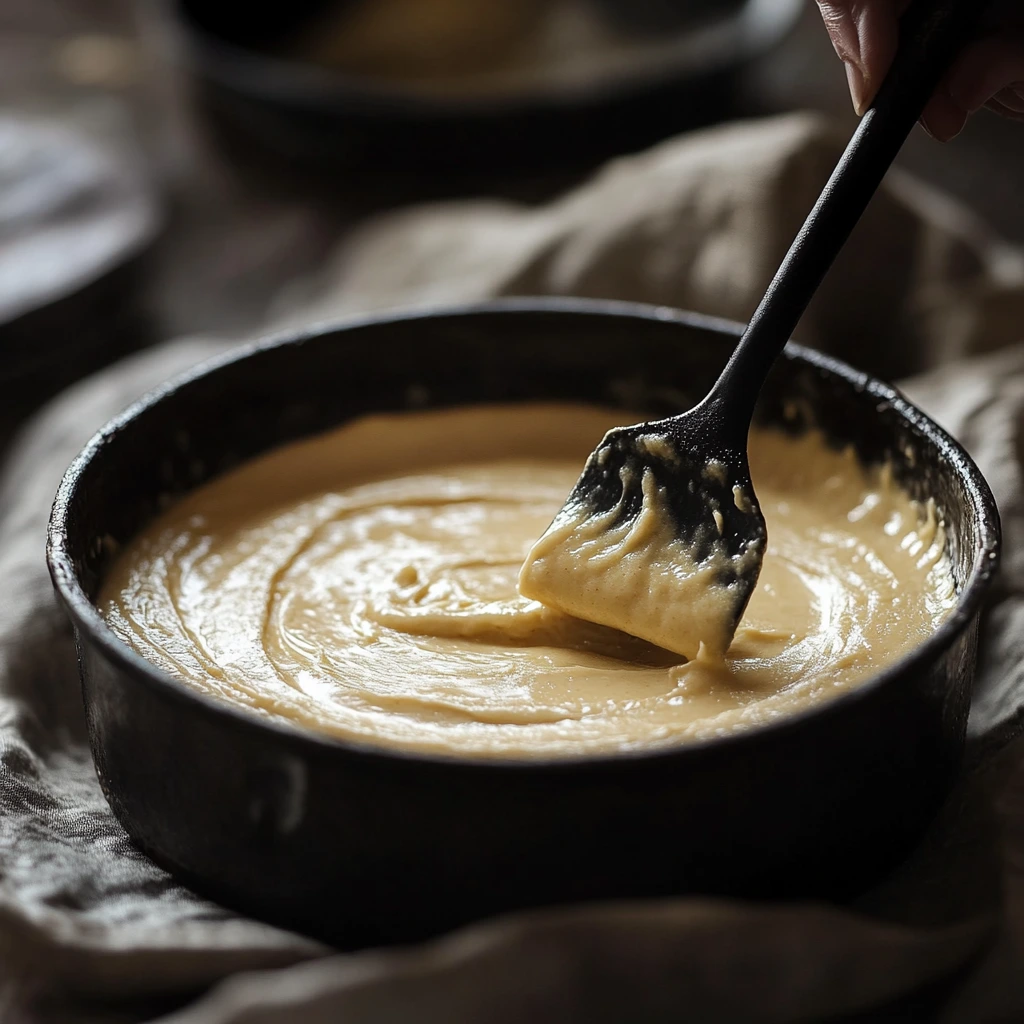
STEP 5: Combine Wet and Dry Ingredients
With your dry mix (flour, baking powder, salt) already prepped and ready, you’ll now alternate adding it with the milk to the butter mixture. Here’s how to do it:
Add the flour mixture in three parts, and the 1 cup of whole milk (room temperature) in two parts. Start and end with the dry ingredients.
Example pattern:
Add 1/3 of the flour mix
Add ½ of the milk
Add another 1/3 of the flour
Add the remaining milk
Finish with the last 1/3 of the flour mix
Mix on low speed just until everything is incorporated. You don’t want to overwork the batter here. Overmixing can make the cake dense in a bad way (and not the rich, pound cake-y way we’re going for). Once it’s smooth and combined, you’re good to go.
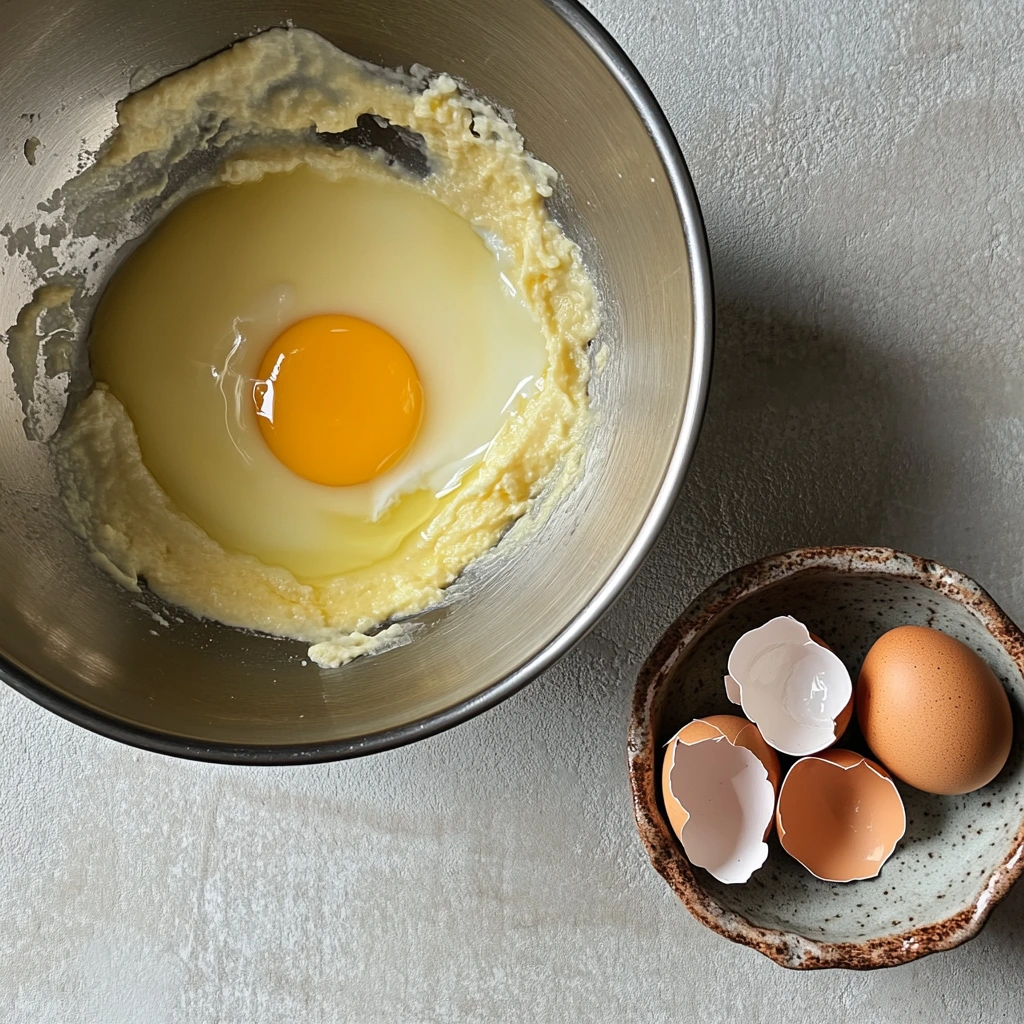
STEP 6: Pour and Smooth the Batter
Pour the batter into your prepared pan, using a spatula to scrape down the bowl and spread the batter evenly in the pan.
Tip: Tap the pan lightly on the counter a few times to release any air bubbles. This helps ensure an even texture without big holes in the finished cake.
STEP 7: Bake to Perfection
Place the pan in your preheated 325°F oven and bake for 60 to 75 minutes. The exact time will depend on your oven and the type of pan you’re using. A Bundt pan might bake a little more evenly than a loaf pan, but either will work beautifully.
Check for doneness by inserting a toothpick into the center of the cake. If it comes out clean (a few moist crumbs are okay), it’s ready.
Tip: If the top starts to brown too quickly before the inside is done, loosely tent the top of the cake with foil halfway through baking. This prevents overbrowning while allowing the center to continue cooking.
STEP 8: Cool the Cake
Once baked, allow the cake to cool in the pan for 10 to 15 minutes. This helps it firm up a bit and makes it easier to remove from the pan without falling apart.
Then, carefully transfer the cake to a wire rack to cool completely. Don’t rush this part—slicing too early can cause your beautiful pound cake to crumble.
Serving Ideas & Flavor Variations
Now that your cake is cool, it’s time to enjoy it! One of the best things about a classic pound cake is how versatile it is. You can keep it simple, or dress it up depending on your mood or the occasion.
Simple Finishes:
A light dusting of powdered sugar
A quick vanilla or citrus glaze (just powdered sugar + a little milk or lemon juice)
Whipped cream and fresh berries for a summertime treat
Fun Variations:
Citrus Twist: Add 1 tablespoon of lemon or orange zest to the batter for a bright, fresh flavor.
Marble Style: Swirl in a bit of cocoa powder with a portion of the batter before baking for a chocolate-vanilla twist.
Nutty Add-In: Fold in ½ cup of chopped pecans or walnuts just before pouring the batter into the pan for added crunch.
Storage Tip: This cake keeps well at room temperature for 3 to 4 days when tightly wrapped. It also freezes beautifully—just slice and wrap individual portions for easy desserts anytime
Classic Buttery Pound Cake Recipe That Never Goes Out of Style
By now, your pound cake is baked, cooled, and (hopefully) you’ve already snuck a slice—because honestly, who can resist that first buttery bite? Whether you’re making this for a family gathering, a holiday dessert table, or simply because you want something sweet with your coffee, this cake never disappoints.
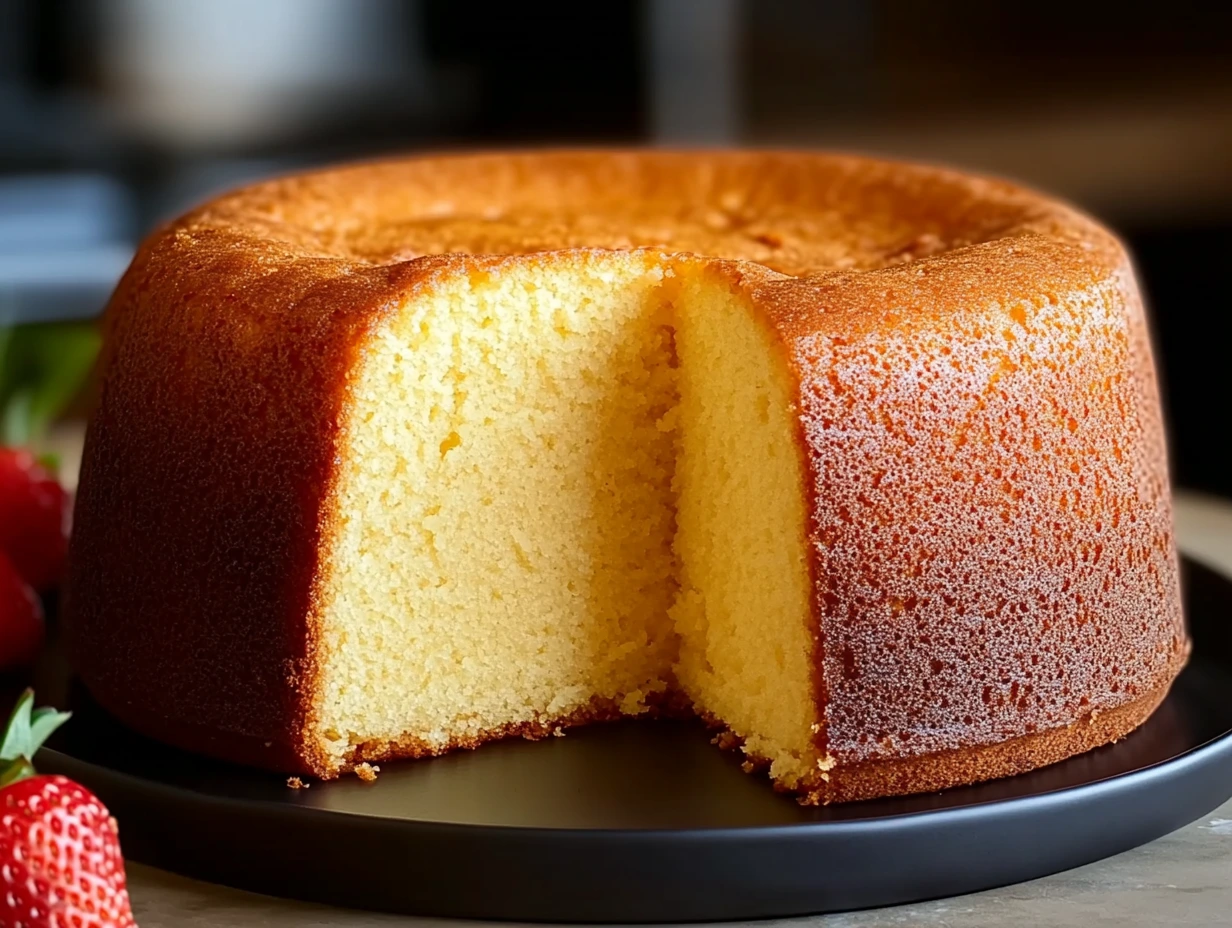
Before we wrap up, let’s tackle a few of the most common questions I get about making pound cake. Even though it’s a classic, there are a few tricks that can help you perfect it—and make it your own.
FAQ: Common Pound Cake Questions Answered
1. Why is my pound cake dry?
Dry pound cake usually comes from overbaking or using cold ingredients. Make sure your ingredients are room temperature before mixing, and check your cake around the 60-minute mark to avoid overbaking.
2. Can I freeze pound cake?
Absolutely! Pound cake freezes really well. Let it cool completely, then wrap slices or the whole cake in plastic wrap and foil. It will keep in the freezer for up to 3 months. Thaw overnight in the fridge or at room temperature.
3. Can I leave out the almond extract?
Yes! If almond extract isn’t your thing, you can replace it with more vanilla extract, or experiment with lemon or orange extract for a twist. The almond just adds a hint of depth and aroma, but it’s totally optional.
4. How do I keep the cake from sticking to the pan?
Make sure to grease and flour your pan thoroughly, or use a baking spray with flour. You can also line loaf pans with parchment paper for extra insurance. Letting the cake cool in the pan for about 10–15 minutes before turning it out helps it firm up and release cleanly.
5. Can I make this recipe in a loaf pan instead of a Bundt pan?
Yes, you can! This recipe yields enough batter for two standard loaf pans. Just be sure to check for doneness around the 55–60 minute mark, as smaller pans may bake slightly faster.
6. Why does my cake have a gummy texture?
A gummy or dense texture is often the result of overmixing the batter once the flour is added. Mix just until everything is combined to keep the cake light and tender.
7. How should I store pound cake to keep it fresh?
Store the cake in an airtight container or wrap it tightly with plastic wrap. It’ll stay fresh at room temperature for 3–4 days. You can also refrigerate it, but bring it to room temperature before serving for the best texture and flavor.
Final Thoughts: The Joy of a Classic Recipe
There’s a reason pound cake has stood the test of time. It’s humble, yes—but it’s also rich, indulgent, and incredibly satisfying. It doesn’t rely on fancy frostings or over-the-top techniques, and that’s exactly why it works.
This cake has been a part of my kitchen for years, and every time I bake it, I’m reminded that sometimes the simplest recipes are the most special. There’s something comforting about mixing a few staple ingredients and ending up with something so beautiful and delicious.
Whether you serve it plain or dressed up, this classic pound cake is a keeper. I hope it becomes a regular in your kitchen, too. And if you give it a try, I’d love to hear how it turns out for you! Did you add a glaze? Top it with berries? Sneak a slice for breakfast?
Drop a comment and let me know—sharing your kitchen wins is half the fun.
Happy baking!
Print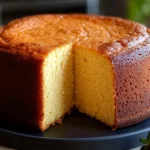
Classic Pound Cake
- Author: Andrew Recipes
Description
Rich, buttery, and delicately flavored, this traditional pound cake is a timeless dessert that’s perfect for any occasion. With a dense yet tender crumb and a golden crust, it pairs beautifully with berries, whipped cream, or a drizzle of glaze. Whether served at a celebration or enjoyed with a cup of tea, this cake delivers comforting sweetness in every slice.
Ingredients
2 ½ cups all-purpose flour
1 ½ cups unsalted butter, softened
3 cups granulated sugar
6 large eggs, at room temperature
1 teaspoon vanilla extract
1 teaspoon almond extract
½ teaspoon baking powder
½ teaspoon salt (optional but recommended for flavor balance)
1 cup whole milk, at room temperature
Instructions
Preheat your oven to 325°F (165°C). Grease and flour a standard Bundt pan or loaf pan, or line it with parchment paper to ensure easy removal.
In a large mixing bowl or stand mixer, cream the softened butter and sugar on medium speed for 3 to 5 minutes, until the mixture is light and fluffy. This aeration is essential for a tender texture.
Add the eggs one at a time, beating well after each to ensure full incorporation. Then add the vanilla and almond extracts, scraping down the sides of the bowl as needed to mix thoroughly.
In a separate bowl, whisk together the flour, baking powder, and salt.
Gradually add the dry ingredients to the creamed mixture in three parts, alternating with the milk in two parts. Start and end with the flour mixture. Mix on low speed just until the batter is combined—avoid overmixing to keep the cake light.
Pour the batter into the prepared pan and smooth the top with a spatula. Bake for 60 to 75 minutes, or until a toothpick inserted into the center comes out clean. If the top browns too quickly, tent it loosely with foil halfway through baking.
Allow the cake to cool in the pan for 10 to 15 minutes before transferring it to a wire rack to cool completely. Once cooled, you may dust it with powdered sugar or glaze it with a simple icing.
Notes
Room-temperature ingredients are key to ensuring a smooth, well-blended batter. This cake keeps well at room temperature for several days and freezes beautifully. For extra elegance, serve with fresh fruit, whipped cream, or a citrus glaze.
